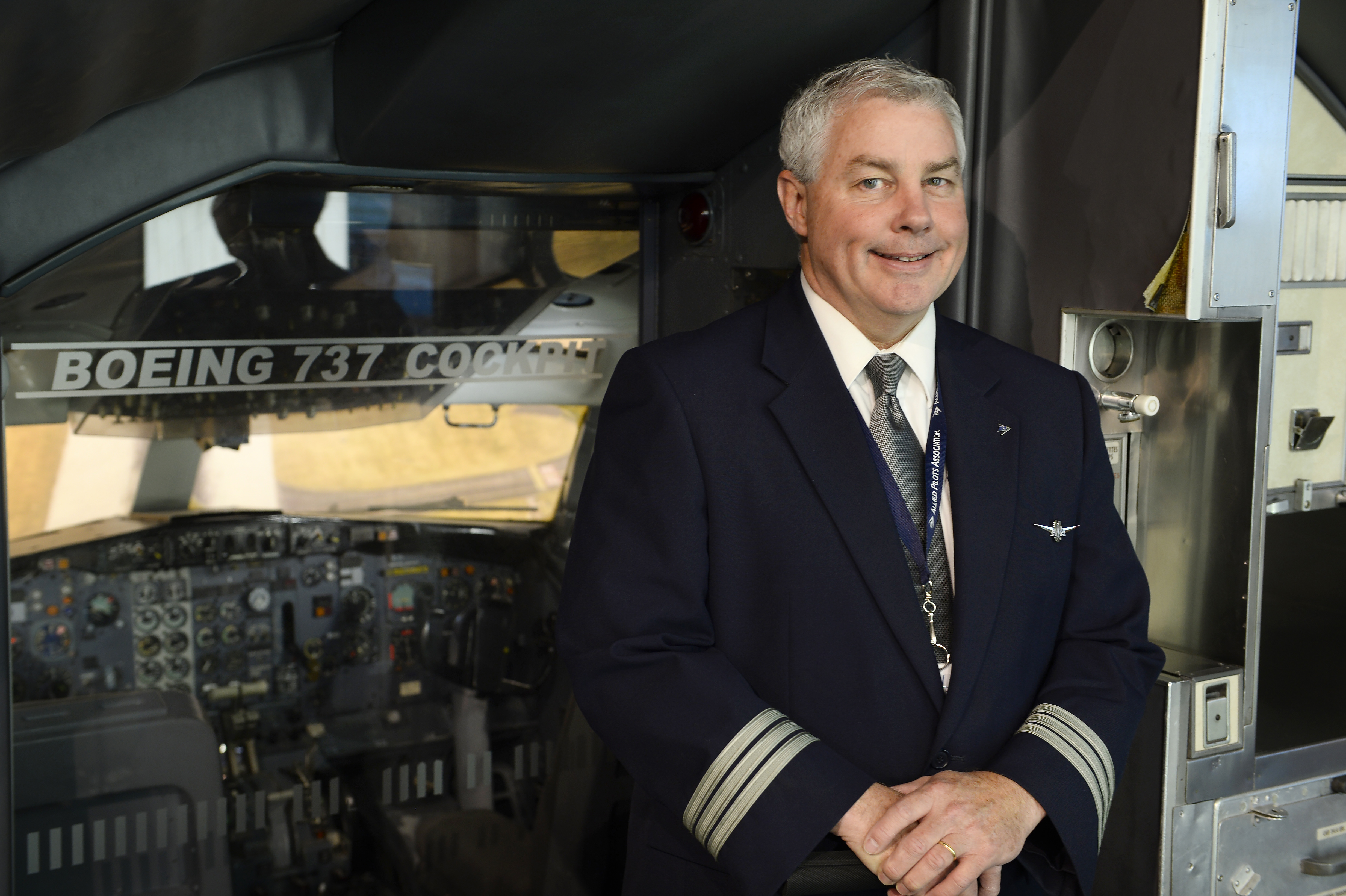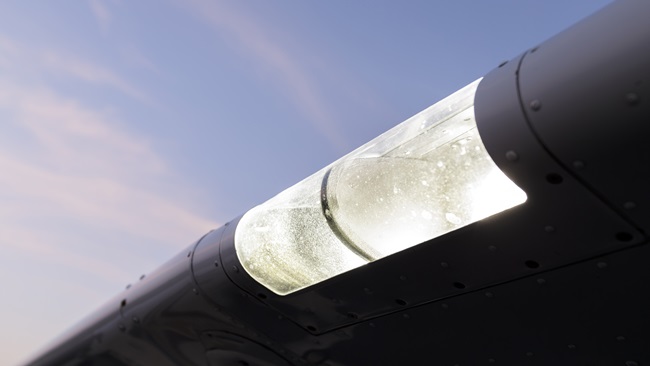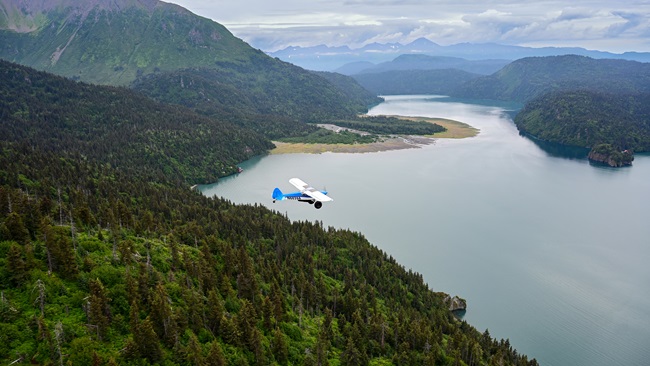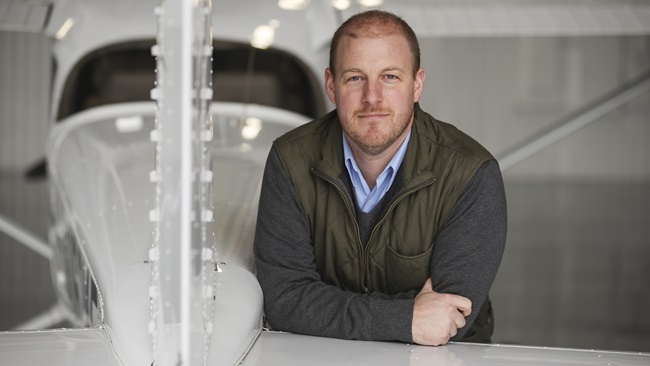From rusty pilot to first officer
Clarke began his long-delayed road to the right seat of a Boeing 737 shortly after he retired from the U.S. Navy in 2001. The military S-3 jet pilot had high hopes of quickly transitioning to an airline career before the bottom dropped out of commercial aviation because of the 9/11 terrorist attacks. Despite more than 500 aircraft carrier landings in the anti-surface war plane and his nearly completed civilian airline training, the airline sent him furlough papers. It was a familiar sign of the times for many would-be commercial pilots.
He obtained a master’s degree in engineering while the airlines slowly righted themselves. Clarke spent almost 15 years working with Northrop Grumman before the flying opportunity again presented itself.
Clarke’s advanced college degree and his leadership skills were valuable assets for his defense-industry job, but the call of professional aviation still tugged at his heart. It seemed that roadblocks were thrown up alongside the urge to fly professionally. In 2005 Clarke was again thwarted from the cockpit when the mandatory retirement age for pilots changed from 60 to 65.
“I kind of put flying on the sideline,” said Clarke. In the meantime he raised a family and participated in the Navy Reserve.
The aviation industry began to change again in 2015 when Clarke received correspondence from American “saying we had the opportunity to come back if we wanted.”
At about the same time, Clarke received a postcard from AOPA inviting him to a Rusty Pilots seminar at Frederick Municipal Airport in Frederick, Maryland.
“That postcard came and I thought, ‘Wow, God has amazing timing,’ so I went and I had a really great experience, not only learning from the program but from the people putting on the program,” he said.
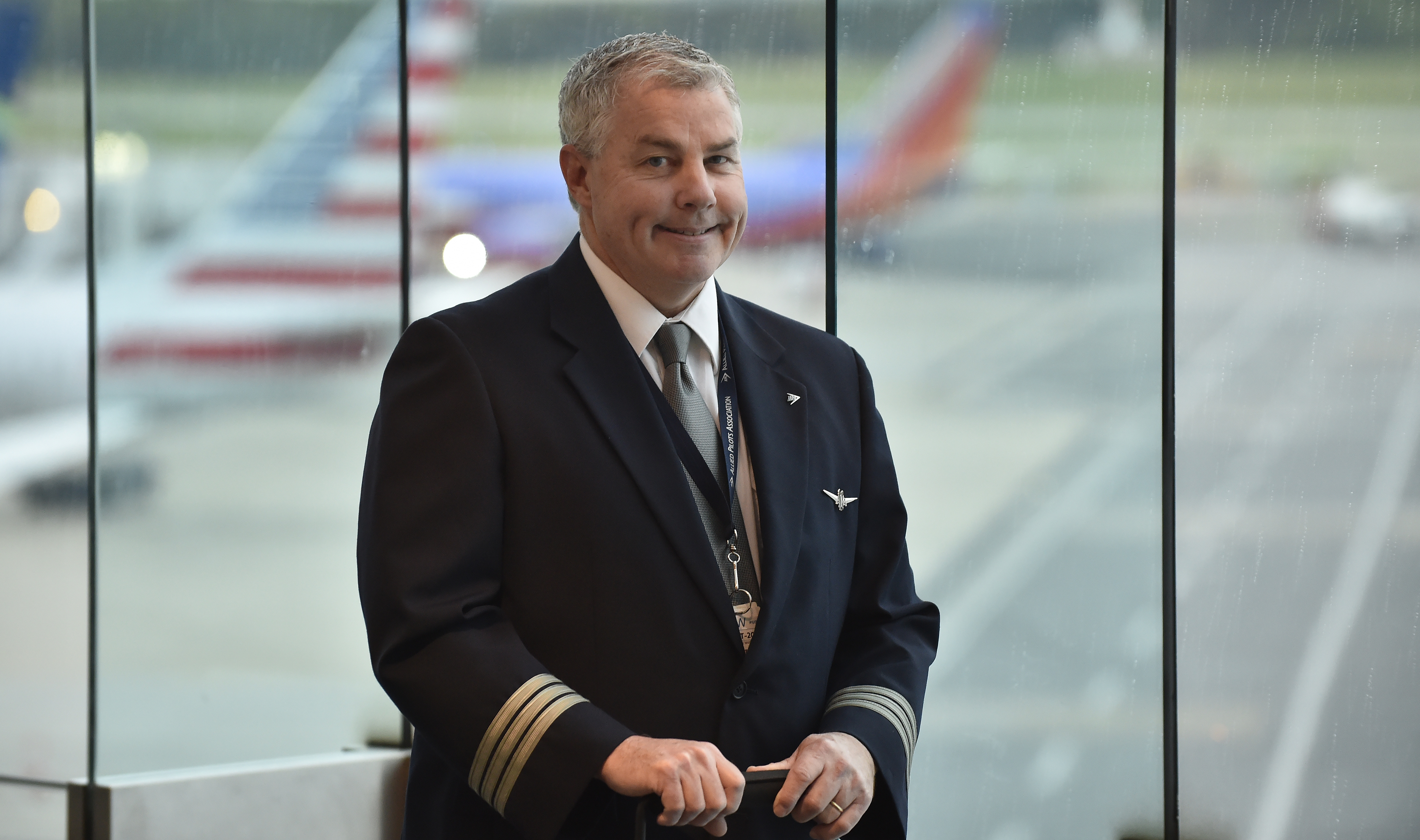 Clarke confided in one of the seminar instructors and was thrilled when he received positive feedback. Feeling a boost in confidence, “I thought, 'I can do it.' My family was all behind me although I still had some concerns about my skills level.”
Clarke confided in one of the seminar instructors and was thrilled when he received positive feedback. Feeling a boost in confidence, “I thought, 'I can do it.' My family was all behind me although I still had some concerns about my skills level.”
The last time Clarke flew an aircraft he said it was behind a hodge-podge of analog instruments and a basic VOR for navigation. Meanwhile, the digital world had taken over cockpits. It was overwhelming, he said, to think about learning new technology while sharpening long-dormant flying skills.
“The only thing I’d flown was the S-3 and those steam gauges. I just wanted to get my confidence back.”
He signed up for ground school and took four flights in a glass-cockpit equipped Cessna with Frederick Flight Center instructor Chuck Epstein, who was formerly a regional airline captain with United Express.
Clarke said Epstein’s coaching was the icing on the cake. “He was the perfect instructor for me. He knew what airline life was like and he understood the gap in the cockpit.”
After Epstein provided the extra boost Clarke needed, the aspiring airline pilot went to his supervisor with a tough decision. “It was a pretty big gamble to throw a really good job away,” he said. His employer was understanding and encouraged the former military pilot to “try it and he left the door open for me to come back.”
With renewed confidence and current technology under his belt, Clarke said he “rolled the dice” and applied for the opening at American.
Clarke said that after life’s many detours, “things are excellent at American Airlines.” His domestic routes depart from Baltimore/Washington International Thurgood Marshall Airport, Washington Dulles International Airport, or Ronald Reagan Washington National Airport, which all are close to his Central Maryland home.
“I couldn’t be happier with this renewed opportunity for an airline career,” he wrote in an email to AOPA, thanking the association for its Rusty Pilots program that pushed him toward his goal.
Clarke said he enjoys greeting passengers as they’re leaving the aircraft, and “a vast majority are really thankful for having the chance to fly. They’re appreciative, I get a lot of smiles, and they’re happy they got there on an airplane instead of a car.”
Since he’s been in the cockpit at American Airlines, Clarke has already flown to Canada and some of the Caribbean islands, Miami, Chicago, Phoenix, Las Vegas, Los Angeles, and other West Coast cities.
“I fly all over the place,” he said. “It’s cool, very cool.”